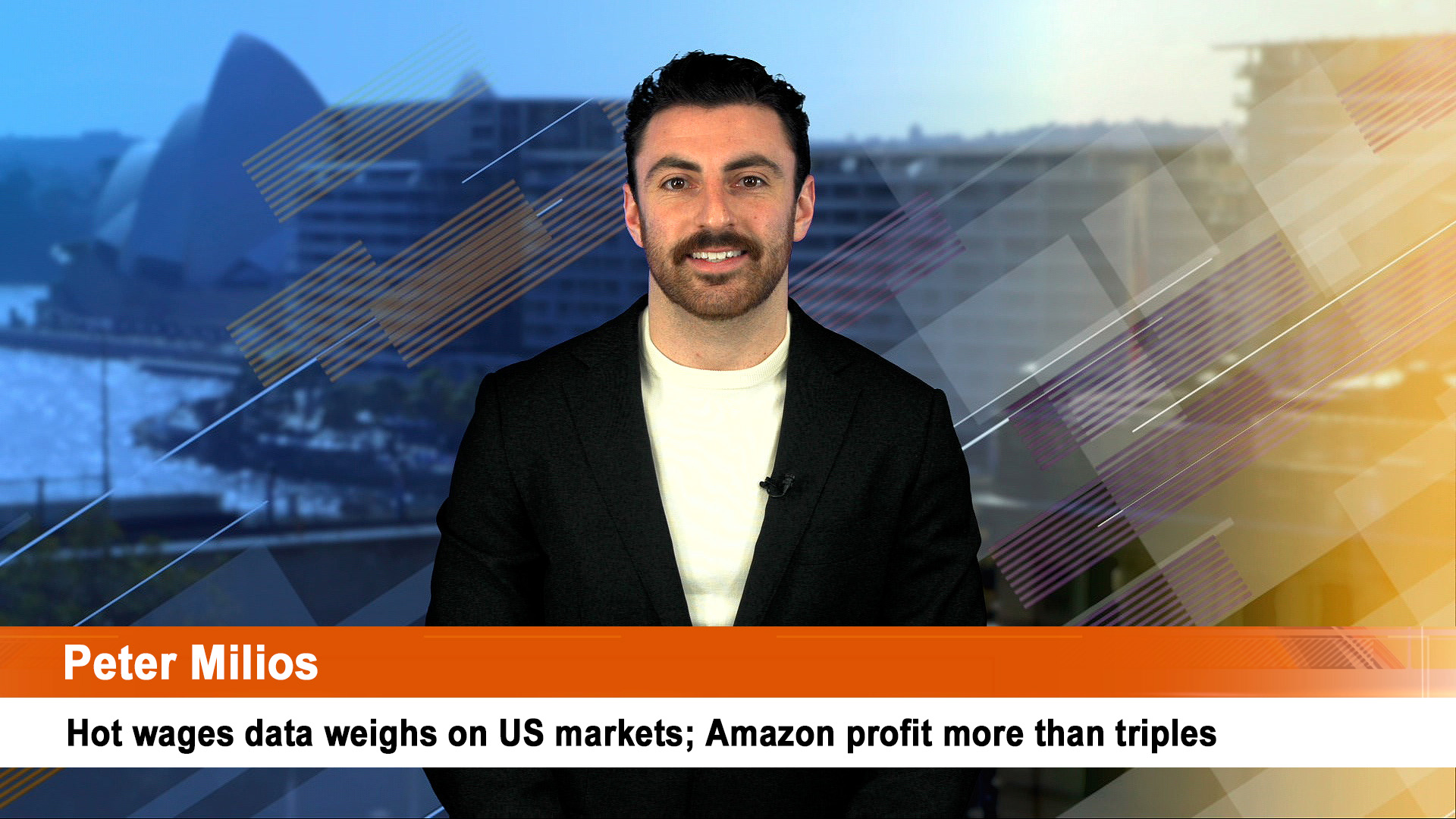Overnight trading on the ASX 200 futures platform was showing a fall of 16 points at the close Saturday morning, Sydney time but that bore little resemblance to the driving finish on Wall Street an hour or so earlier.
There it was more a case of yeehawww – hop on for a rough ride cowboy, as them Wall Street stocks wrapped up a wild bull (and bear) ride on Friday.
It’s a rodeo, not a stockmarket as the S&P 500 index – the globe’s key market reference – swung through wide trading range of at least 2.25% on every day of last week.
It was volatility piled on uncertainty (thanks to the Fed and chair Jay Powell’s toughness on the outlook for US interest rates), Vlad Putin’s aggrandisement in The Ukraine and Covid omicron.
After four rough days, Apple again helped calm the fevered bourse, its best ever December quarter (its first for its September 30 balancing year) revenues and earnings and better than expected sales figures for everything bar iPads (which were sacrificed to make sure there were enough components for Macs, iPhones and other products) offsetting weakness from the likes of Tesla, Amazon, Netflix and Meta (Facebook).
Apple shares ended 7% higher on Friday, reversing a small loss for the first four days into a 4.88% gain for the week and cutting the loss for the year to date to just 4%, compared to the 7% slide for the S&P 500 (after
That saw the Dow end 564.69 points, or 1.7% higher, closing the week at 34,725.47 for its best day since December 6 after being down more than 350 points at its lows. That was a 900-point swing!
The S&P 500 added 2.4% to close at 4,431.85 — its best session since June 2020 in the midst of the first Covid rebound. The Nasdaq Composite rallied 3.1% to 13,770.57.
The Dow finished the week 1.3% higher and the S&P 500 added 0.8% on the week, breaking a three-week losing stretch.
The Nasdaq finished little changed week to date, wiping out a 3% loss at the close on Thursday. While it is still about 15% from its most recent high, it’s no longer on the cusp of a bear market 9a 20% fall from the most recent high).
Big Tech names Microsoft (2.8%), Amazon (3.1%), Facebook-parent Meta (2.4%) and Google-parent Alphabet (3%) all closed Friday higher after being whacked earlier in the week, providing support to the indexes.
On the downside, oil major Chevron shares fell around 3% after its quarterly figures fell show of market hopes. Shares in Dow stock Caterpillar dipped about 5% even after it topped profit estimates.
With January ending Today, the S&P 500 is on pace for its weakest month since March 2020, down 7%. The Dow could see its worst month since October 2020.It was down 4.4% at Friday’s close. the Nasdaq was off 12% from the start of the year (January 3).
Eurozone shares lost 2.3%, Japanese shares fell 2.9%, Chinese shares lost 4.5% and Australian shares fell 2.6% of the week.
From their highs to their lows US and Australian shares have now had 10% falls, Eurozone shares have had an 8% fall and global shares have had a 9% fall.
The AMP’s Shane Oliver points out that speculative and interest sensitive areas have generally been hit the hardest with falls to their lows of 17% in Nasdaq, 31% in Australian IT shares and nearly 50% in Bitcoin (Gee it costs to buy Bitcoin and you have to pay in real money!).
Long term bond yields mostly rose, although the rise has been capped by haven demand.
Oil & iron ore prices (to more than $US147 a tonne) rose, but metal prices fell despite remaining resilient.
The US dollar rose further as expectations for Fed rate hikes increased and this saw the Aussie dollar fall under 70 US cents. Oil ended higher again (bad news for inflation this quarter) and US and global gas prices were higher, as were coal prices on shortages and the dangers from Russian aggression in Ukraine.
The small fall on Friday night might have been a case of the ASX anticipating Friday’s Wall Street bouncer with a 2.2% bounce on Friday. But that was more driven by the share shuffling in BHP ahead of its unification on the ASX from today.













